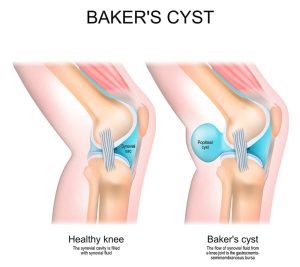
The iliotibial band (ITB) is a thick band of connective tissue that runs from the hip to the outer side of the knee. It plays an important role in stabilizing the hip and knee, particularly during activities like running and cycling.
Iliotibial Band Syndrome (ITB syndrome), also known as ITB friction syndrome, occurs when the ITB rubs over the lower end of the femur, leading to pain and irritation. This condition is commonly associated with repetitive motions, especially during activities that involve frequent knee bending, such as running downhill or going down stairs.
ITB syndrome can develop due to several factors, including:
The primary symptom of ITB syndrome is pain along the lateral (outer) side of the knee, though it may also occur at the hip or greater trochanter. Additional symptoms include:
Pain aggravated by activities that involve repetitive knee and hip movement, such as running, cycling, or walking downstairs
Increased pain with activities that place additional pressure on the heels, such as
ITB syndrome may develop suddenly or gradually, often worsening if not addressed early on.
At York-Med Physiotherapy & Wellness Centre, our registered physiotherapists will first assess your condition to identify the underlying causes of ITB syndrome. We focus on individualized care to address both the symptoms and the contributing factors, such as muscle imbalances and poor biomechanics.
Rest and Icing: To reduce inflammation and manage pain, we recommend rest from aggravating activities, along with ice therapy.
Soft Tissue Therapy: Our physiotherapists may use techniques like deep tissue massage or dry needling to relieve tightness in the leg muscles, including the hamstrings, quadriceps, and glutes.
Stretching and Strengthening: A personalized exercise program will focus on stretching tight muscles and strengthening weak ones, especially in the hip, glutes, and core.
Biomechanical Correction: We can assess your running technique and footwear, offering guidance to improve your form and reduce the risk of future flare-ups.
It’s essential to address ITB syndrome early, as leaving it untreated can result in prolonged discomfort and a longer recovery period. Our goal is to help you return to your favorite activities safely and pain-free.
At York-Med Physiotherapy, we are committed to providing high-quality, personalized care for conditions like ITB syndrome. With our thorough assessment and evidence-based treatment options, we can help you recover efficiently and prevent future issues. Whether you’re a runner, cyclist, or active individual, we’re here to guide you on your journey to full recovery.
© 2020 York-Med Physiotherapy and wellness center | Richmond Hill & Vaughan. All Rights Reserved.
Designed by Magham Agency